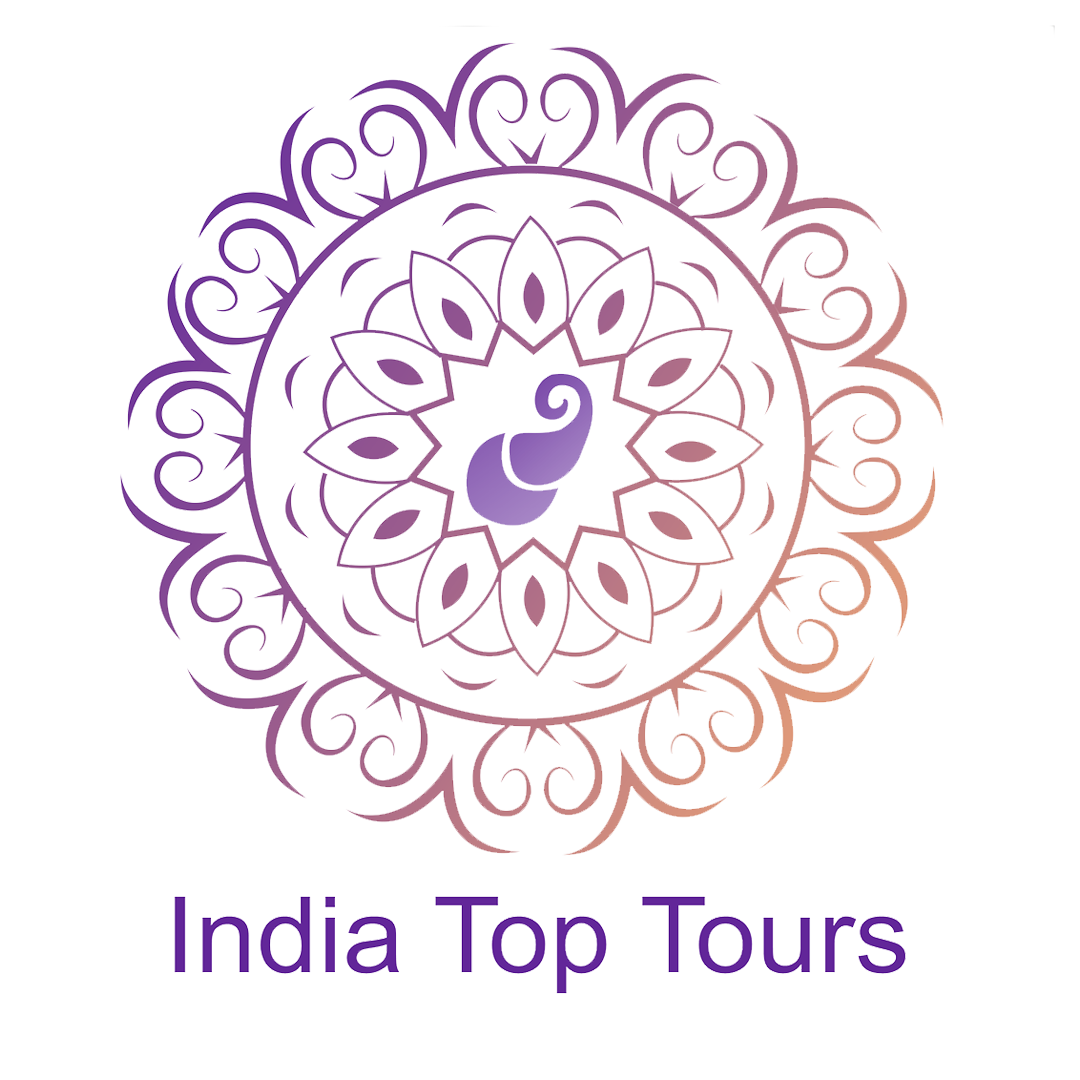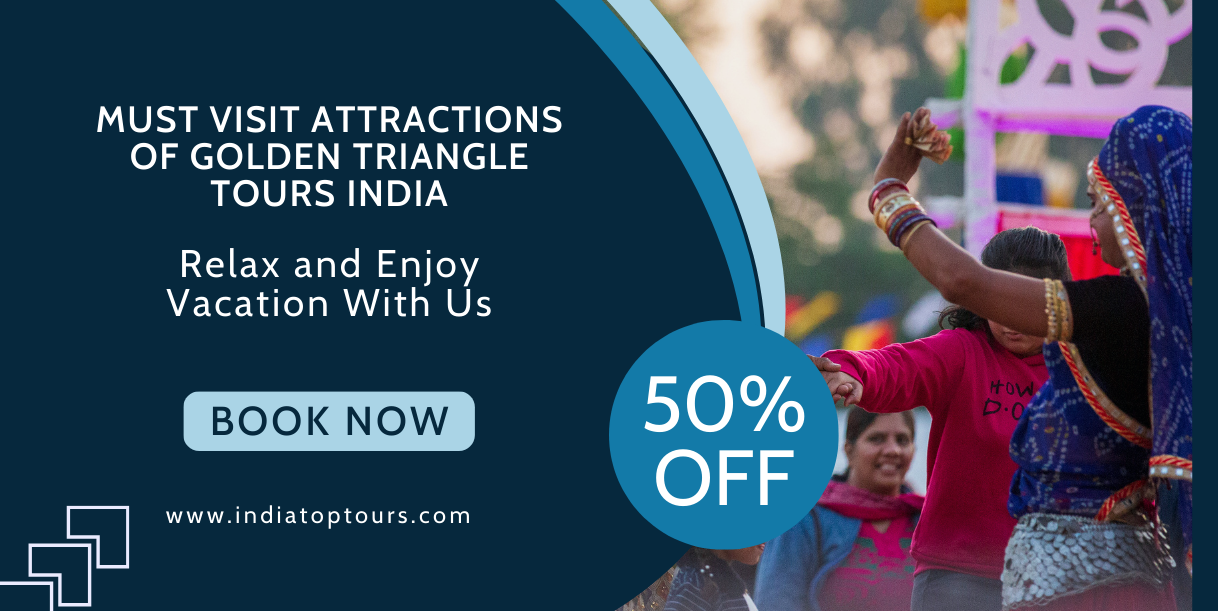
The Golden Triangle is one of India’s most popular tourist destinations. It consists of the three grand cities of Delhi, Agra, and Jaipur and has been a top destination for travelers from around the world. From stunning architectural wonders to vibrant culture, the Golden Triangle offers something for everyone. If you’re planning a trip to India, or even if you just live there, then visiting this iconic region is a must. In this blog post, we will explore some of the top attractions of the Golden Triangle that you can’t miss out on! Whether it’s Taj Mahal or Hawa Mahal, these must visit attractions are sure to leave you mesmerized!
Humayun’s Tomb, Delhi
Humayun’s Tomb is the tomb of the Mughal Emperor Humayun in Delhi, India. The tomb was commissioned by Humayun’s wife Hamida Banu Begum in 1569-70, and designed by Mirak Mirza Ghiyas and his son, Sayyid Muhammad. It was the first garden tomb on the Indian subcontinent and is located in Nizamuddin East, Delhi, close to the Dina-panah Citadel, also known as Purana Qila (Old Fort).
Book here 5 Nights 6 Days Golden Triangle Tour Packages
Lotus Temple, Delhi
The Lotus Temple, also known as the Bahai House of Worship, is a beautiful and serene temple located in Delhi. The lotus-shaped structure is made of white marble and is surrounded by gardens. Visitors of all religions are welcome to worship or meditate here.
Taj Mahal, Agra
The Taj Mahal is a white marble mausoleum located in Agra, Uttar Pradesh, India. It was built by Mughal Emperor Shah Jahan in memory of his third wife, Mumtaz Mahal. The Taj Mahal is widely recognized as “the jewel of Muslim art in India and one of the universally admired masterpieces of the world’s heritage”.
The Taj Mahal attracts 7–8 million visitors a year. In 2007, it was declared a winner of the New7Wonders of the World (2000–2007) initiative.
Fatehpur Sikri, Agra
Fatehpur Sikri is a city in Uttar Pradesh, India. The city was founded by the Mughal Emperor Akbar in 1571. It served as the capital of the Mughal Empire from 1571 to 1585. The city is located about 40 kilometers (25 miles) southwest of Agra, and about 200 kilometers (124 miles) southeast of Delhi.
The city was built with red sandstone, and it is surrounded by a 10-meter (33 foot) high wall. There are three gates in the wall, each guarded by two towers. The main gate is called the Buland Darwaza, and it is 52 meters (171 feet) tall.
There are many palaces and other buildings in the city. The most notable palace is the Ibadat Khana, or “House of Worship”. This is where Akbar held religious discussions with Hindus, Christians, Zoroastrians, and Muslims. Another notable building is the Jami Masjid, or “Friday Mosque”. This mosque has walls that are decorated with Quranic verses written in calligraphy.
The city was abandoned after Akbar’s death in 1605, and it slowly fell into ruins over time. However, the city has been partially restored and it is now a tourist destination.
Book here 9 Days Golden Triangle Tour with Pushkar and Udaipur
City Palace, Jaipur
City Palace is one of the most popular tourist attractions in Jaipur. The palace complex covers almost one-seventh of the old city and houses a number of courtyards, gardens, and buildings. The City Palace was built between 1729 and 1732, during the reign of Maharaja Sawai Jai Singh II. The palace complex has a number of entrances, the most important being the Chandpol, which leads to the main Chandra Mahal courtyard.
The City Palace is home to a number of museums, the most important being the Museum of Textiles and Costumes, which houses a large collection of Rajasthani textiles and costumes. Other museums in the complex include the Museum of Armory and Arms, the City Palace Archives, and the Sawai Man Singh II Museum.
Jal Mahal, Jaipur
Jal Mahal is a beautiful palace located in the city of Jaipur, Rajasthan. The palace was built by Maharaja Sawai Jai Singh II in the 18th century. Jal Mahal is made of red sandstone and has five stories, each with a different purpose. The first story is used as a garage for the royal elephants, the second story is used as a residence for the queen, the third story is used as a residence for the prince, the fourth story is used as a residence for the princesses and the fifth story is used as an observatory. The palace has stunning views of the Man Sagar Lake and the Aravalli Hills.
Amber Fort, Jaipur
Amber Fort is one of the most popular tourist destinations in Jaipur. The fort is located on a hill and has a beautiful view of the city. The fort was built in the 16th century by Maharaja Mansingh and is made of red sandstone and white marble. The fort has many intricate carvings and paintings on its walls. There are four main gates to enter the fort, and each gate has a different name. The main attraction of the fort is the Sheesh Mahal, which is a palace made of glass and mirrors. Amber Fort is a must-visit place for all tourists visiting Jaipur.
Conclusion
The Golden Triangle of India is an awe-inspiring journey through the region’s rich culture, history and architecture. From the majestic Taj Mahal to the bustling street markets of Delhi, these are just a few must visit attractions that make up this fascinating part of India. There is so much to explore in this region and each destination offers something unique and special – making it a great place for both domestic and international tourists alike! So if you’re looking for an Indian adventure that encompasses all aspects of culture, heritage, art and tradition then look no further than the Golden Triangle!



